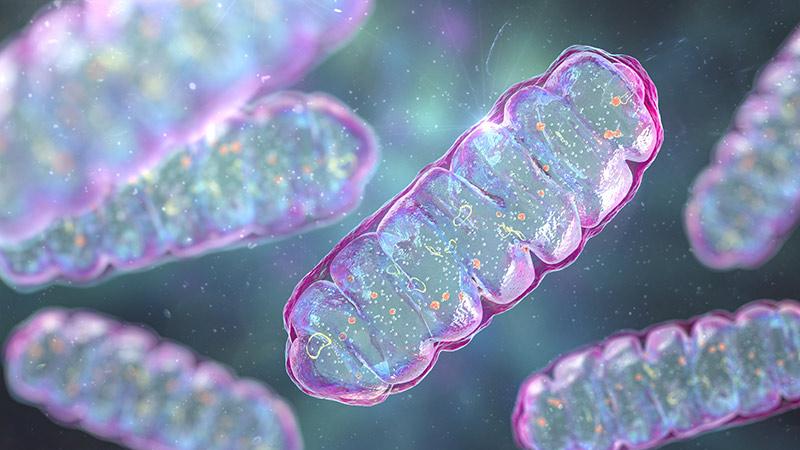Research Fellow in Life Sciences Dr Rhys Mould has made a new discovery about how mitochondria in human cells communicate with each other via light emissions.

For over 100 years, scientists have studied non-chemical signalling, a phenomenon that may allow cells to signal and communicate with each other without the need for their normal chemical pathways. Together with chemicals, living cells may have also evolved to use light; very low-intensity light known as biophotons may be constantly emitted from cells.
In his latest study, Dr Mould extracted mitochondria, the parts of the cell that are believed to be responsible for these light emissions. By stressing one set of mitochondria, he was able to change the metabolic behaviour of the mitochondria in the other container, even though they were physically and chemically isolated from each other.
Dr Mould found that this non-chemical communication was arising from electromagnetic signals, or light, emitted by the mitochondria. He is now in the process of characterising these biophotons to create nanostructures that can be utilised to modify mitochondrial function and improve their function in health and disease.
Dr Mould said: “Demonstrating that cells can use their own light to talk to each other can change how we think about cell signalling, and potentially open the door into the exciting realms of quantum phenomena in biology.”
Dr Mould’s groundbreaking research at the University of Westminster is funded by the Guy Foundation, which supports scientists conducting exploratory research to further understanding of health and disease from physics perspectives, and effects in living organisms that might be explained by quantum theory.
His research article Non-Chemical Signalling Between Mitochondria was published on 22 September 2023 in Frontiers in Physiology.
Learn more about Biological and Biomedical Sciences courses at the University of Westminster.


